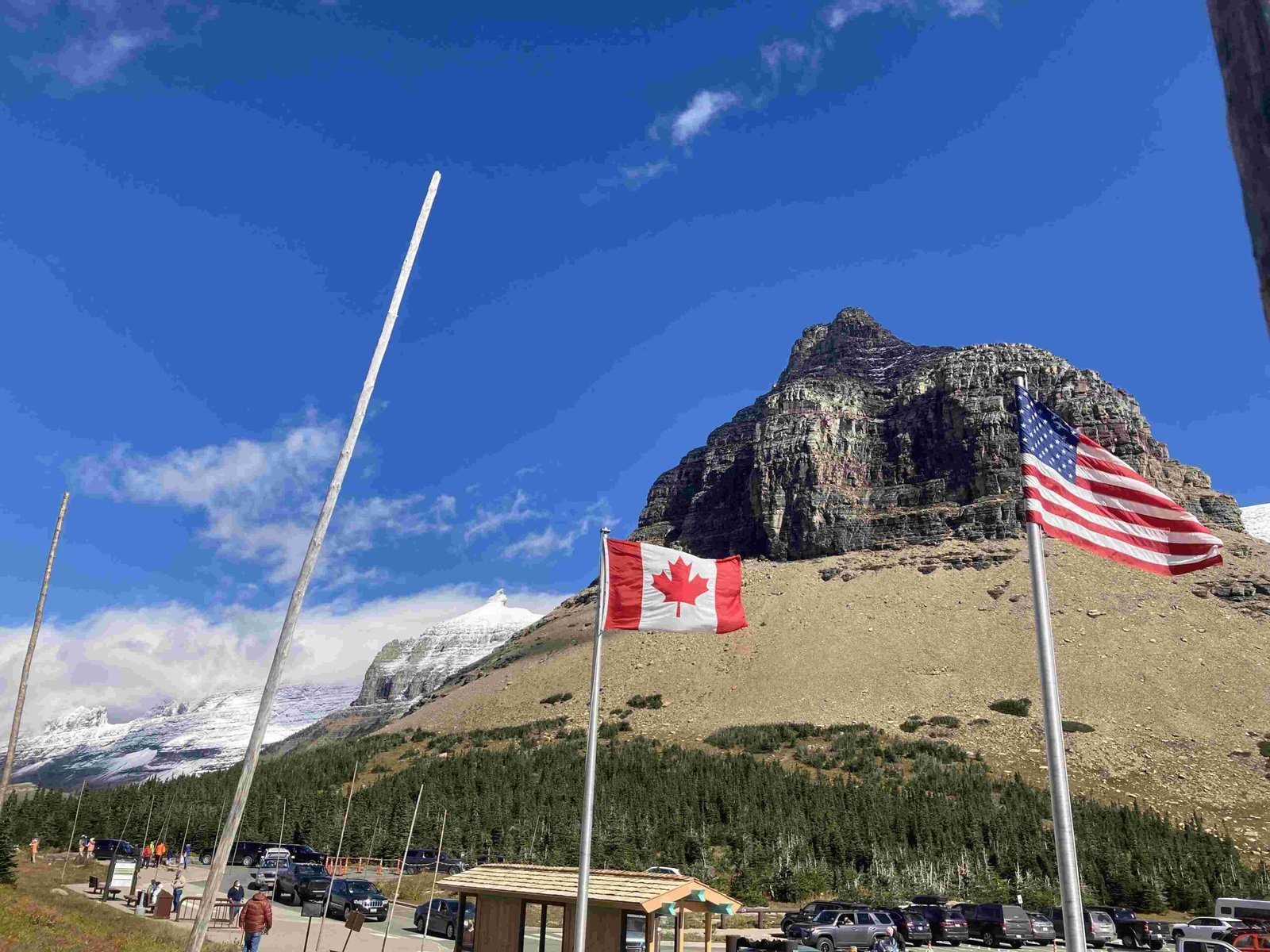Mount Cannon hike in Glacier National Park offers a challenging and rewarding experience for adventurous hikers. This iconic peak, standing at 8,952 feet, provides breathtaking views of the surrounding landscape, including Hidden Lake, Reynolds Mountain, and the Going-to-the-Sun Road. The hike involves multiple route options, varying in difficulty from Class 3 to Class 5, and requires careful navigation through rocky terrain. Starting from Logan Pass, hikers can expect a strenuous journey with significant elevation gain, but the panoramic vistas from the summit make it a memorable adventure in one of America’s most stunning national parks.
What Are the Key Details of the Mount Cannon Hike?

The Mount Cannon hike in Glacier National Park offers several routes to the summit, each with its own characteristics:
- East Ridge Route to the Central Summit:
- Distance: Approximately 3.5 miles (ground distance)
- Elevation gain: 2,200 feet
- Difficulty: Class 3 with one possibly Class 4 pitch
-
Starting point: Logan Pass, following the Hidden Lake Trail
-
Southwest Summit Route:
- Northwest Slopes: Class 3 & 4
-
South Face: Class 4 & 5 (not recommended due to difficulty)
-
Northeast Summit Route:
- Difficulty: Class 4 & 5
- Approach: 2,000-foot bushwhack from McDonald Creek
- Climb: Steep North Face with about 20 pitches
How Challenging is the Mount Cannon Trail?

The difficulty of the Mount Cannon hike varies depending on the chosen route:
- East Ridge Route:
- Class 3 with potential Class 4 sections
- Requires navigating rocky and potentially unstable ground
-
Special considerations needed due to the nature of the rock in Glacier National Park
-
Southwest Summit Routes:
- Northwest Slopes: Class 3 & 4
-
South Face: Class 4 & 5 (more severe climbing challenges)
-
Northeast Summit Route:
- Class 4 & 5 climbing
- Challenging 2,000-foot bushwhack approach
Hikers should be prepared for:
– Steep ascents and descents
– Exposure to heights
– Potential for loose rock
– Changing weather conditions
What Views Can Hikers Expect from Mount Cannon?
The Mount Cannon hike offers spectacular views throughout the journey:
- Summit Views:
- Hidden Lake
- Reynolds Mountain
- Bearhat Mountain
- Going-to-the-Sun Road (5,300 vertical feet below)
- Heaven’s Peak (across the valley to the north)
-
Lewis Range (including Mount Cleveland and Mount Merritt)
-
Along the Hike:
- Bird Woman Falls (400+ foot waterfall)
- Connecting ridge to Clements Mountain
-
Various peaks in the Lewis Range
-
Other Landmarks:
- Mount Oberlin
- Clements Mountain
- Distant Divide Mountain
Where is the Mount Cannon Trailhead Located?
The primary trailhead for the Mount Cannon hike is located at Logan Pass:
- GPS Coordinates: Approximately 48.6933° N, 113.7183° W
- Access: Via the Going-to-the-Sun Road
- Parking: Available at Logan Pass parking lot (limited spaces)
Important Notes:
– Parking can be scarce during peak season
– The Going-to-the-Sun Road may be closed during winter or for maintenance
– No specific access restrictions beyond general park regulations and weather conditions
What Should Hikers Prepare for the Mount Cannon Trek?
To ensure a safe and enjoyable Mount Cannon hike, prepare the following:
- Essential Gear:
- Sturdy hiking boots with good traction
- Trekking poles for stability
- Helmet (recommended for loose rock areas)
-
Climbing gear (if attempting more technical routes)
-
Clothing:
- Layered clothing for changing weather
- Rain jacket and warm layers
-
Sun protection (hat, sunglasses, sunscreen)
-
Supplies:
- Plenty of water (at least 3 liters per person)
- High-energy snacks and lunch
- First aid kit
-
Navigation tools (map, compass, GPS device)
-
Other Considerations:
- Check weather forecast before starting
- Inform someone of your hiking plans
- Start early to avoid afternoon thunderstorms
What is the Best Time to Hike Mount Cannon?
The optimal time for the Mount Cannon hike in Glacier National Park is:
- Season: Late June to early September
- Why: Snow-free trails and more stable weather conditions
Considerations:
1. Early Season (June-July):
– Potential for lingering snow on higher elevations
– Wildflowers in bloom
– Fewer crowds
- Peak Season (July-August):
- Most reliable weather
- All facilities open
-
Busiest time with more hikers
-
Late Season (September):
- Cooler temperatures
- Fall colors beginning
- Less crowded trails
Always check current conditions with park rangers before attempting the hike.
How Long Does the Mount Cannon Hike Take?
The duration of the Mount Cannon hike varies based on the chosen route and hiker experience:
- East Ridge Route:
- Average time: 6-8 hours round trip
-
Factors affecting duration:
- Fitness level
- Time spent at the summit
- Weather conditions
-
Other Routes:
- May take longer due to technical difficulty
- Full day excursion (8-12 hours) should be expected
| Route | Estimated Time | Difficulty |
|---|---|---|
| East Ridge | 6-8 hours | Class 3-4 |
| Northwest Slopes | 8-10 hours | Class 3-4 |
| Northeast Face | 10-12 hours | Class 4-5 |
Note: These are approximate times and may vary significantly based on individual pace and conditions.
What Wildlife Might Be Encountered on the Mount Cannon Hike?
Hikers on the Mount Cannon trail may encounter various wildlife:
- Large Mammals:
- Mountain goats
- Bighorn sheep
- Marmots
-
Potentially grizzly or black bears (rare at higher elevations)
-
Birds:
- Golden eagles
- Clark’s nutcrackers
-
White-tailed ptarmigans
-
Small Mammals:
- Pikas
- Ground squirrels
- Chipmunks
Safety Tips:
– Maintain a safe distance from all wildlife
– Carry bear spray and know how to use it
– Make noise while hiking to avoid surprising animals
Remember, Glacier National Park is a protected ecosystem. Observe wildlife responsibly and do not feed or approach animals.